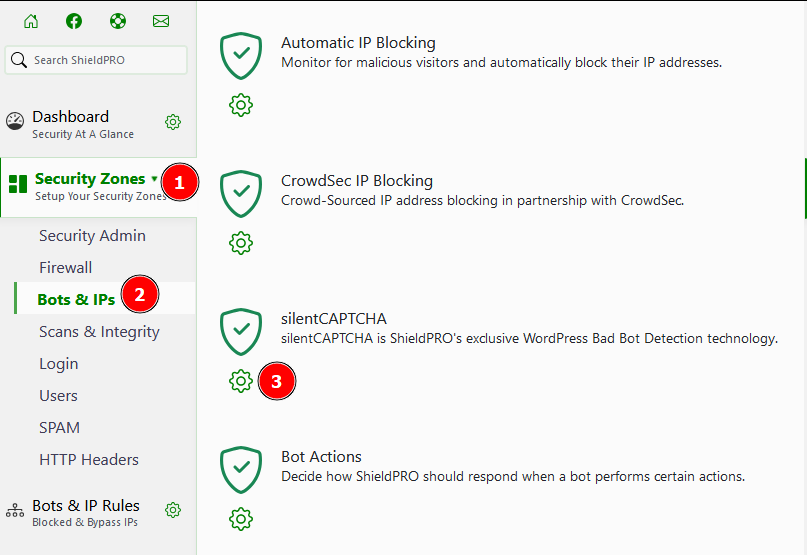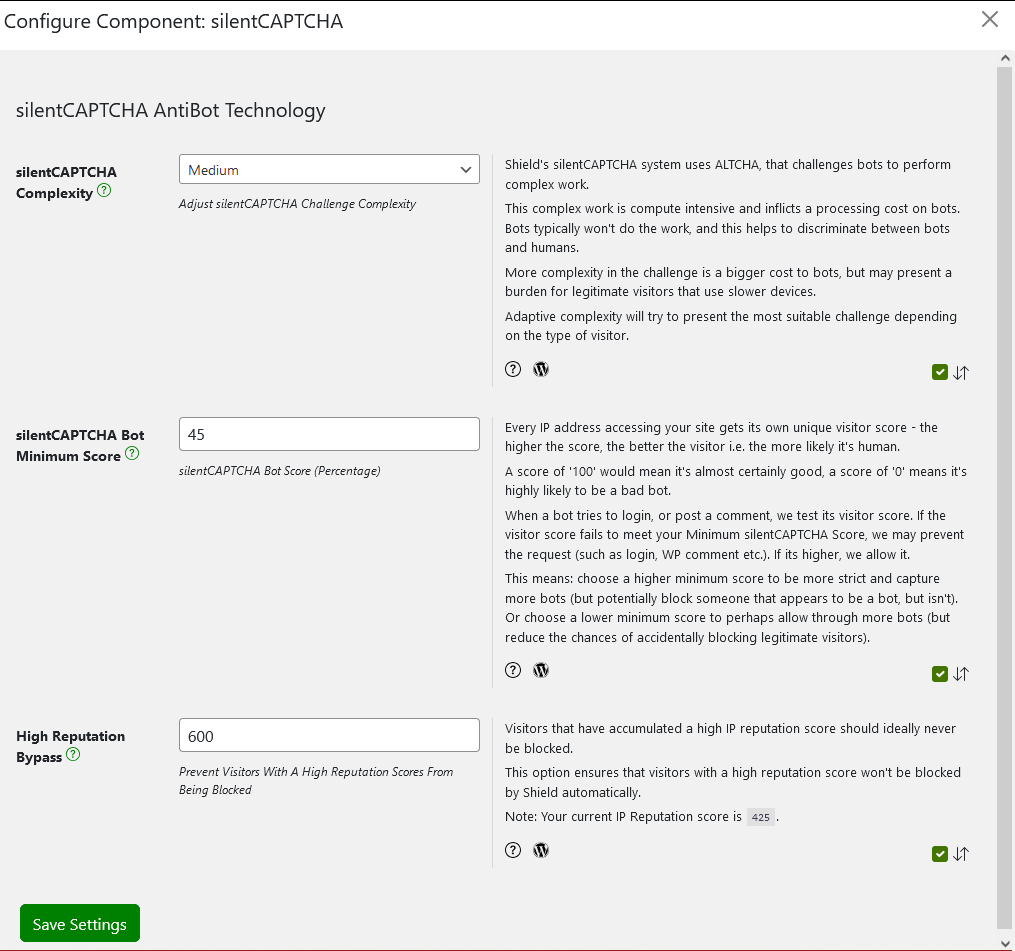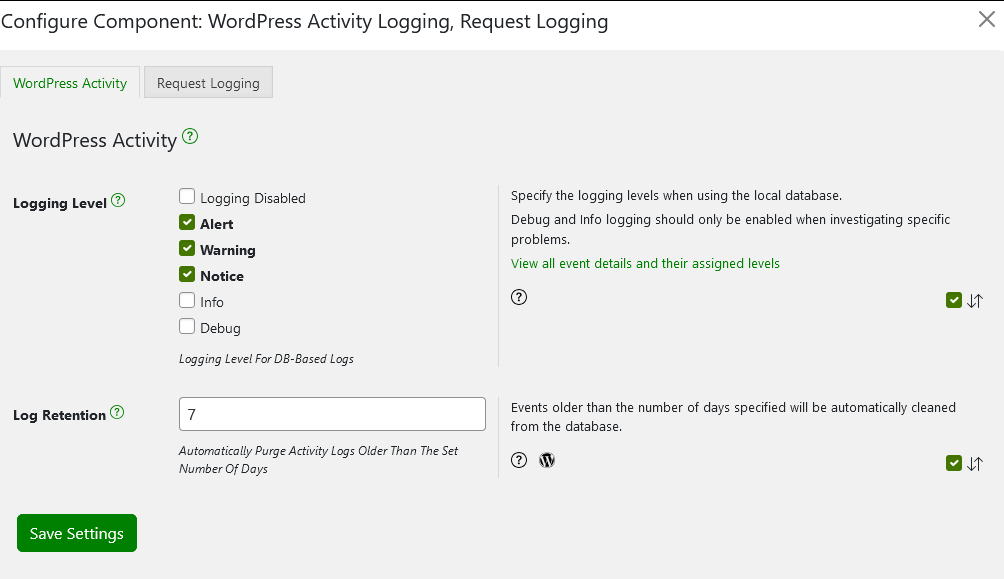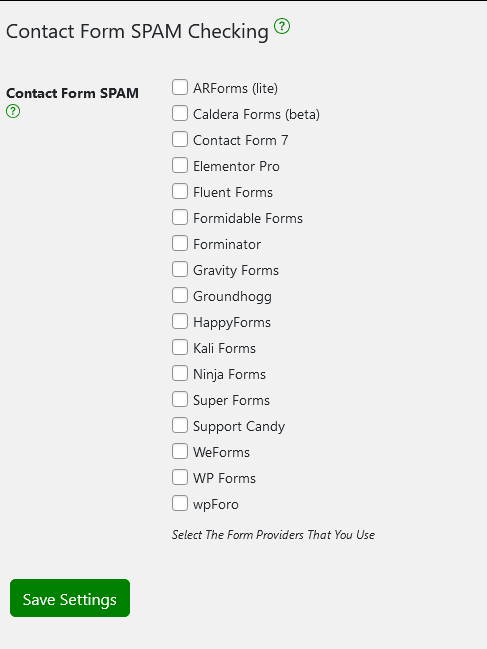Forms are the primary channel of user interaction on WordPress sites, but they’re also a prime target for cybercriminals.
When form security falls short, be it on contact forms or login pages, the consequences can be severe: exposed personal information, compromised accounts, and potential legal ramifications. Aside from putting your users at risk, unsecured forms can significantly impact your site’s performance and reputation. Fortunately, protecting your WordPress forms goes a long way towards safeguarding user data and your site’s integrity.
To help you implement these protections, Shield Security PRO offers an accessible but comprehensive solution with a focus on strong form protection. This article will guide you through the steps to fortify your forms, including implementing SSL encryption, using silentCAPTCHA, and ensuring compliance with data protection regulations.
With these actionable strategies, you’ll create a stronger defence for your WordPress forms and bolster your overall site security, providing a safer experience for your users.
Understanding WordPress form security essentials
Attackers frequently target form submissions through sophisticated methods like parameter tampering and session hijacking. These techniques can expose vulnerabilities and grant unauthorised access to user accounts.
Compliance requirements further complicate form security. Regulations like GDPR and CCPA mandate strict data protection measures. Failure to comply can result in severe penalties and loss of user trust.
Luckily, emerging security strategies offer advanced bot detection techniques and behavioural analysis of form submissions, which help identify and block malicious activity before it causes harm. These methods go beyond traditional CAPTCHAs, by offering more robust protection without compromising user experience.
To make the most of these advancements, you need to start considering form security as an integral part of your overall WordPress security strategy. A comprehensive, layered approach defends against evolving threats by both securing the forms themselves and also hardening the underlying WordPress core, plugins, and server environment.
The following sections will detail the three most critical steps to secure your WordPress forms:
- implementing SSL encryption,
- deploying advanced CAPTCHA solutions, and
- ensuring data protection compliance.
We’ll also explore how a dedicated security plugin can streamline and enhance these processes, providing a stronger and more user-friendly approach to form SPAM protection.
Step 1: Implement SSL encryption for secure form submissions
Securing form submissions in WordPress requires more than just enabling HTTPS. Implementing advanced SSL strategies ensures end-to-end encryption of form data, preventing sensitive information from being intercepted.
One practice is enforcing HTTP Strict Transport Security (HSTS), which ensures all interactions between users and your website are made through HTTPS. This reduces the risk of attacks by forcing browsers to use only secure connections, even if a user attempts to access a non-secure version of the site.
Mixed content warnings, often caused by external resources loaded over HTTP, may weaken the security of encrypted forms. Ensure all resources on the form page are served over HTTPS to prevent these warnings.
To maintain both security and performance, TLS 1.3 should be used for form submissions. It enhances encryption and improves the speed of connections, reducing latency and overhead compared to older TLS versions.
Regular security audits allow you to keep SSL configurations intact across all forms. Shield Security PRO can automate parts of this process, ensuring any issues are flagged promptly, allowing you to stay on top of your site’s security without missing critical updates.
Step 2: Create secure WordPress forms with silentCAPTCHA
CAPTCHA is a common security measure for blocking bots from submitting forms, but it often disrupts user experience as it requires the user to interact directly with a challenge on the form, such as a maths puzzle, for example.
Shield Security PRO’s silentCAPTCHA feature offers a frictionless alternative by invisibly protecting WordPress forms from spam and automated attacks without requiring any input from users.
Unlike traditional CAPTCHAs, silentCAPTCHA operates in the background, using JavaScript-based challenges to detect whether a visitor is a human or a bot. Legitimate users won’t be interrupted, but bots are challenged with a Proof-of-Work system which if left incompleted, will result in the form submission being rejected.
This computational challenge is easy for human browsers to handle but difficult and costly for bots, discouraging any and all automated submissions.
To enable silentCAPTCHA in Shield Security PRO:
1. Go to your Shield Security PRO dashboard.
2. Go to Security Zones > Bots & IPs.
3. Click the gear icon underneath silentCAPTCHA.

4. Configure it to your liking, then click on Save Settings.

Once active, silentCAPTCHA evaluates form submissions based on multiple behavioural signals and the ability to process JavaScript. Bots that can’t solve the computational challenge are blocked from submitting forms. This is effective against various threats, including comment spam, contact form spam, fake user registrations, and login attacks.
To enhance performance and protection, regularly review the plugin’s anti-spam settings under Security Zones > SPAM, where you can go a step further and take action against human comment and contact form spam.
Step 3: Safeguard user data and ensure compliance with Shield Security PRO
Shield Security PRO offers a range of features designed to protect user data and help websites comply with data protection regulations such as GDPR and HIPAA.
To further protect sensitive data, Shield Security PRO includes access control and user permission settings with the Security Admin feature. These features allow administrators to restrict access to specific areas of the website or backend based on user roles, ensuring only authorised personnel can view or manipulate sensitive information.
The plugin also keeps detailed logs of sitewide activity, including database changes, which are handy for audit trails required by regulations like GDPR. This helps demonstrate that appropriate measures are in place to protect user data and that you are monitoring access to personal information.
The logging system captures both WordPress-based and external actions, ensuring thorough monitoring even when changes bypass WordPress itself. The change reporting feature further enhances your security view by summarising modifications, making it easier to detect vulnerabilities or unauthorised access.
Finally, you get log retention management settings that allow you to automatically purge older data, ensuring compliance with data minimisation requirements.
To access these features, click on the gear icon next to Activity Logs in the menu on the left.

Integrating Shield Security PRO with popular WordPress form plugins

Shield Security PRO integrates smoothly with major WordPress form plugins, such as Contact Form 7, Elementor Forms, Gravity Forms, Formidable Forms, and WPForms, providing comprehensive protection for form submissions across your entire site.
This integration ensures that all your forms benefit from the plugin’s advanced security measures, regardless of which plugin you use for your forms.
Our selection of supported form plugins is always evolving. Take a look at it via Security Zones > SPAM > Contact Forms Integration, and feel free to make a request if you’d like a new form plugin added!

As previously discussed, the silentCAPTCHA technology operates in the background to block spam and bot submissions without disrupting the user experience. This invisible layer of protection works with your forms to prevent unwanted submissions without requiring additional user actions, like, of course, solving those insufferable CAPTCHAs.
In addition to silentCAPTCHA, the plugin enhances form security through IP blocking, which automatically blocks malicious users or bots after repeated failed attempts, protecting against brute force attacks and spam submissions.
For example, Shield’s robust defence mechanisms can prevent form-based attacks by identifying and blocking bots trying to overload your forms with spam. It also limits the number of failed form submission attempts from the same IP, preventing brute force attacks on login forms.
Beyond form security, Shield Security PRO offers wider website protection through features like firewall protection, malware scanning, and file integrity monitoring, ensuring your entire WordPress site is secure from multiple threats, not just form vulnerabilities.
Best practices for maintaining secure WordPress forms
Maintaining secure WordPress forms requires adopting advanced techniques to defend against various types of attacks. Here are some best practices, along with how Shield Security PRO can help enhance security:
- Input validation and sanitisation: To prevent SQL injection and Cross-Site Scripting (XSS) attacks, you must validate and sanitise all user inputs. Use
sanitize_text_field()oresc_html()in WordPress to ensure that form data is safe. Shield Security PRO adds an extra layer of protection by automatically blocking malicious input patterns. - Nonces for CSRF protection: WordPress nonces (numbers used once) help you prevent Cross-Site Request Forgery (CSRF) attacks. Use
wp_nonce_field()to create a nonce field andcheck_admin_referer()to verify it. - Rate limiting: To prevent form abuse, set rate limits on submissions using IP-based restrictions. Shield Security PRO’s IP blocking and brute force protection features prevent bots from spamming forms by blocking repeated submission attempts.
- Secure file uploads: When handling file uploads, restrict file types with
wp_check_filetype()and set size limits. Store uploaded files securely, outside the web-accessible directories, and use Shield Security PRO’s malware scanning features to further inspect files for security threats. - Multi-factor authentication: For forms dealing with sensitive data, enable multi-factor authentication (MFA). Shield Security PRO supports MFA, adding an extra layer of protection to login and sensitive forms.
- Secure external integrations: When integrating forms with external services, use secure APIs and ensure data is transmitted over HTTPS. Shield Security PRO allows you to manage anonymous API requests, enabling you to permit or block them as needed, while making exceptions for specific plugins like Contact Form 7 that rely on these requests for functionality.
- Proper error handling: Avoid exposing sensitive information in error messages. Using generic error messages like “Invalid input” that don’t reveal exactly what went wrong could make you more resilient against brute force attacks.
- Regular security audits: Regularly audit your forms through penetration testing and code reviews to identify vulnerabilities. As stated previously, Shield Security PRO provides logging and activity tracking to help you monitor and review suspicious user activity.
- Regular updates: Keeping WordPress core, plugins, and themes updated reduces the risk of form-based attacks exploiting vulnerabilities. Shield Security PRO helps you here in several key ways, e.g. automatically detecting abandoned plugins.
Elevate your WordPress form security with Shield Security PRO
Shield Security PRO offers a powerful solution to the security challenges you face when using forms on a WordPress site.
With the automated protections in place, Shield Security PRO allows you to focus on running your site, while ensuring form security is never compromised. Explore Shield Security PRO for peace of mind with your WordPress forms and fortified site security!

